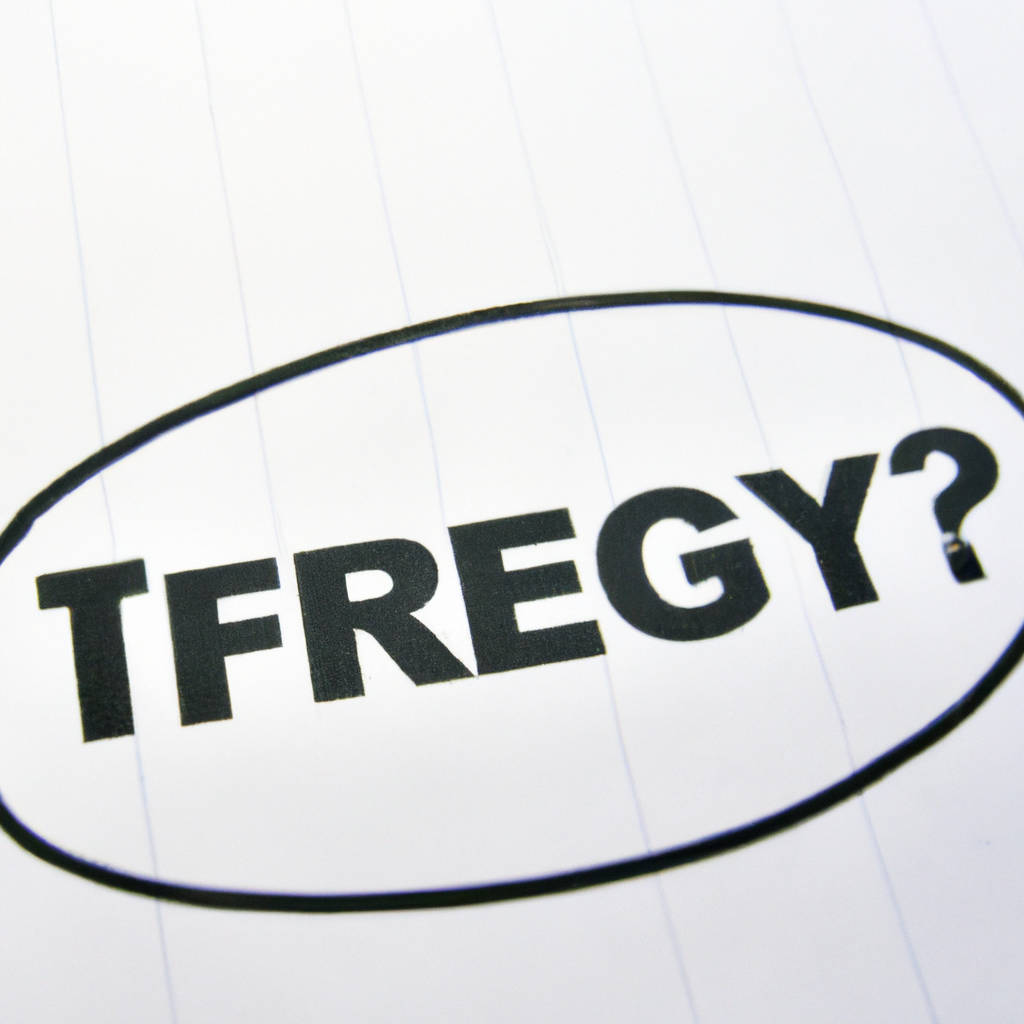‘Riverdale’: Fred Andrews’ Shooter Revealed
In the thrilling American teen drama series, ‘Riverdale,’ the mystery surrounding the assailant of Fred Andrews, a beloved character, has finally been unveiled. The suspense has been a pivotal plot point since the closing episodes of the first season, and the revelation of the shooter’s identity has sent shockwaves through Riverdale’s fanbase.
The incident occurred at Pop’s Chock’lit Shoppe, the town’s traditional diner, where Fred, portrayed by the late Luke Perry, was caught in a seemingly random act of violence. The assailant remained unmasked for a considerable portion of the second season, fueling speculation and fan theories. The unusual circumstances surrounding the incident added an extra layer of intrigue to the gripping narrative.
The disclosure that the Black Hood, a notorious figure shrouded in mystery and known for his crimes against the town, was responsible for the heinous act was a significant plot twist. This revelation has not only shifted the dynamics of Riverdale but also shed light on the profound impact of Fred Andrew’s shooting on the overall storyline and the lives of the show’s characters. The unmasking of the Black Hood has been a shocking and pivotal moment in the series, leaving fans eagerly awaiting the consequences of this revelation in the episodes to follow.

Black Hood in Comics
The Black Hood is an intriguing character in comic book lore, with a history spanning over five decades. First introduced in 1940 by MLJ Comics, which later became Archie Comics, this enigmatic figure has seen multiple incarnations. Initially, the Hood was Matthew Burland, a police officer who, after being framed for a crime he didn’t commit, adopted the Black Hood persona to clear his name. Subsequent adaptations of the character have seen a variety of individuals donning the hood, each with their distinct motivations and backstory.
In the pages of these comics, the Black Hood is depicted as an antihero, operating outside the conventional boundaries of societal norms. His actions, while not always adhering to standard ethical guidelines, are driven by a desire for justice and retribution against those who have escaped the consequences of their actions. Despite his vigilante methods, he is not devoid of human frailty, often grappling with personal demons. This creates a complex, multi-dimensional character that engages readers, prompting them to question the nature of justice and morality.
The Black Hood comics have evolved over time, growing darker and more sinister, reflecting the changing tastes of comic book audiences. The artistry and storytelling have also grown more sophisticated, offering a more immersive and intense reading experience. Despite the changes, the essence of the Black Hood remains – a determined, relentless and somewhat troubled figure who stands up against those who prey on the innocent. In the end, the Black Hood serves as a reminder of the grey areas in our societal structure, where the lines between right and wrong can often blur. Regardless of the iteration, the Black Hood continues to captivate audiences with his enduring struggle for justice.
Why Target Fred?
Target Fred is a strategy employed by many businesses and marketing teams, but why? It’s not about singling out an individual named Fred. Instead, “Fred” serves as a placeholder for a hypothetical consumer that a company wants to attract. It’s critical to understand the “Fred” your business is trying to reach to tailor your product, services, and marketing messages to resonate with the intended audience.
The concept of ‘Target Fred’ helps in creating a personalized buyer persona. This persona embodies the characteristics, behaviors, and traits of your ideal customer. By identifying and understanding ‘Fred’, businesses can strategize their marketing efforts to engage, convert, and retain this group more effectively.
Targeting ‘Fred’ is not about discrimination or favoritism; it’s about efficiency and resource management. Rather than wasting time and resources trying to appeal to everyone, businesses can focus on those who are most likely to be interested in their offerings. This not only saves time and money but also results in higher conversion rates and customer satisfaction.
Moreover, ‘Targeting Fred’ allows businesses to stay ahead of their competition by being more in tune with their customer’s needs and wants. By understanding ‘Fred’s’ pain points, businesses can develop solutions that directly address these issues, thereby creating a product or service that ‘Fred’ cannot resist.
In conclusion, ‘Target Fred’ is a strategic approach that guides businesses in their quest to understand their customers better. It allows them to tailor their offerings and marketing strategies to cater to the needs, wants, and expectations of their target audience. This ultimately leads to increased sales, customer satisfaction, and business growth. ‘Target Fred’ is not just a strategy; it’s a mindset that places the customer at the heart of every business decision.

Murders Continue
Despite concerted efforts from society to create a safe environment, the scourge of murders remains persistent. This grim phenomenon continues unabated, painting a haunting picture of our current reality. Individuals, families, and communities find themselves in the grip of fear as this menace continues to claim lives, leaving trails of devastation in its wake. The perpetrators, driven by various motives including vengeance, greed, or psychopathy, show no regard for the sanctity of human life.
The persistence of this horrifying act is a reflection of deeper, systemic issues. Socio-economic disparities, lack of education, and mental health problems often contribute to the increase in such serious crimes. Effective strategies to combat this issue need to be multi-faceted, addressing the root causes and not just the symptoms. Despite the gravity of the situation, the rate at which murders continue is a clear indication that current approaches are not entirely successful.
Even though one might expect technological advancements and sophisticated crime detection methods to deter potential murderers, this doesn’t seem to be the case. The disturbing fact remains that these heinous acts continue unabated. The victims are often the most vulnerable members of society, their lives brutally cut short, leaving behind loved ones in a state of shock and grief.
Unfortunately, the media has played a role in desensitizing the public to the harsh reality of murders, often treating them as mere statistics or sensational news items. This lack of empathy and understanding only serves to exacerbate the issue, making it harder for communities to heal and move forward.
In conclusion, the fact that murders continue is a stark reminder of the urgent need for societal change. It is a call for compassion, understanding, and action. It requires comprehensive efforts from all sectors of society to address the root causes, provide support to victims and their families, and ultimately bring an end to this horrifying reality.
